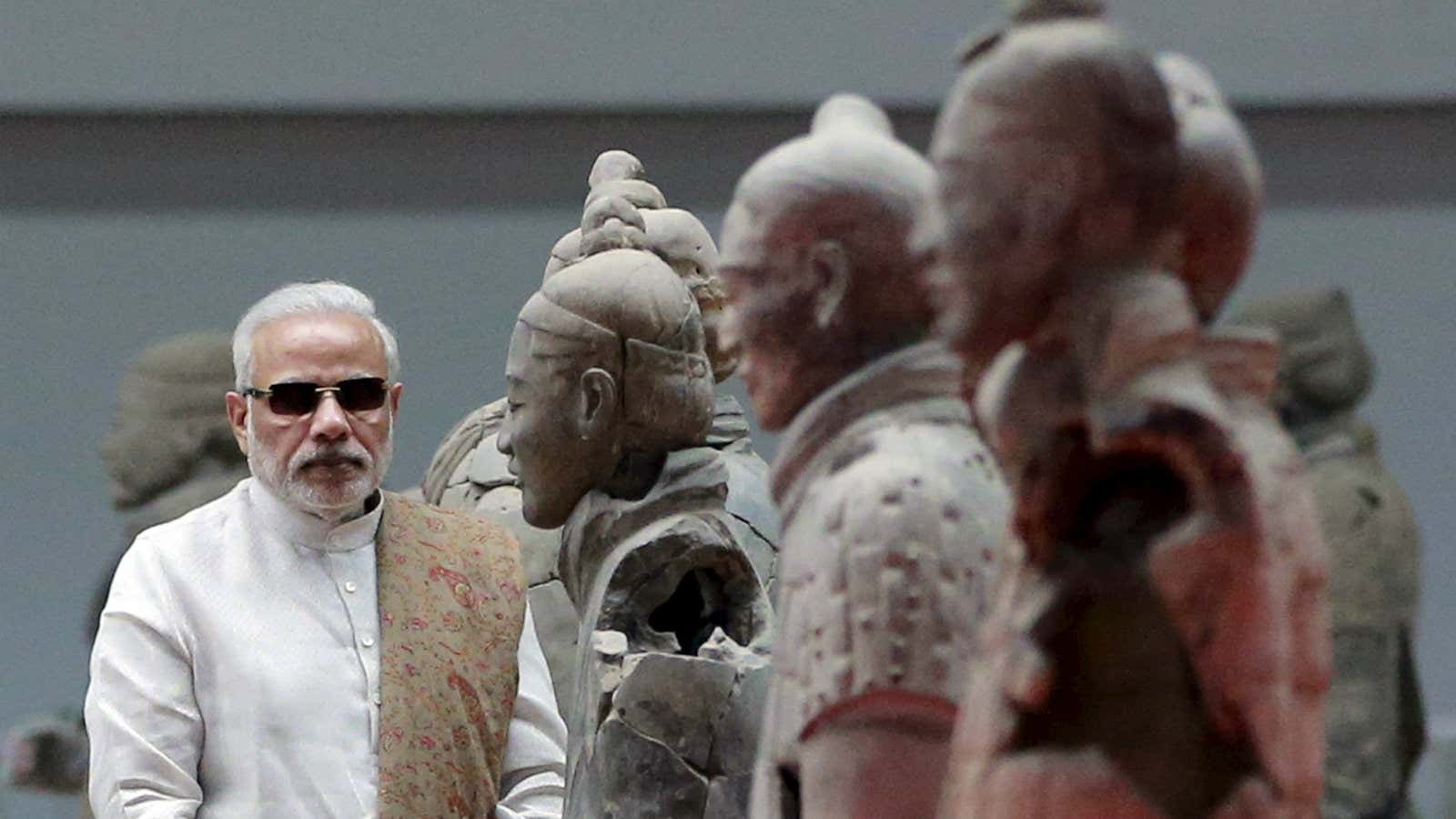With the recent stock market crash, it is clear that China is in the middle of a crisis—and there is no easy way out. As the second largest economy in the world that primarily relies on global demand to drive its growth, China’s slowdown will have repercussions not only for India, but also for the entire world.
However, in the midst of this crisis, there is also an opportunity for India.
First, India stands to gain due to cheaper global commodity prices, particularly crude that has crashed lately in view of Chinese growth slowdown. Cheaper crude, besides cushioning India’s current account, will be a huge positive for the government finances. The oil subsidy of Rs30,000 crore for the 2016 financial year was calculated assuming an average price of $70 per barrel for the Indian crude basket.
However, it is likely to go much lower than this. If we assume the average cost of Indian crude basket to be $55 per barrel, crude imports of 191.806 million metric tonnes (MMT)—in the 2015 fiscal, imports were 189.432 MMT—and an average exchange rate of Rs64.5 per US dollar, then the total savings on oil subsidy for the government in 2015-16 alone would be Rs18,750 crore. This additional fiscal space could be utilised for higher capital expenditure and recapitalisation of public sector banks.
Second, cheap global crude and commodity prices mean that the imported component of inflation will also be lower. In fact, its impact is clearly visible in the wholesale price index, which has been showing negative growth for nine consecutive months now, mainly due to high deflation in minerals and mineral oil.
Third, cheap global crude and commodity prices mean lower input costs translating into higher profit margins for many Indian corporates. This will be a major respite for them. Due to depressed domestic demand, they had been struggling with their pricing power over the past few years, and were not able to pass on the increased cost. This was also getting reflected in core (non-food manufacturing) inflation remaining either low or negative.
Fourth, with the government of India focussing on “Make in India,” this may be the time to provide impetus to manufacturing and even invite Chinese companies to set up manufacturing base in India. However, this may require fast-tracking several pending economic reforms and easing the norms for doing business in India.
Fifth, a slowdown in the Chinese economy would also mean that global finance and capital would look for new growth centres to invest. By providing an attractive alternative to China, India can have a much bigger pie of global capital, which in any case it needs to fund its huge infrastructure funding requirement.
We welcome your comments at ideas.india@qz.com.
